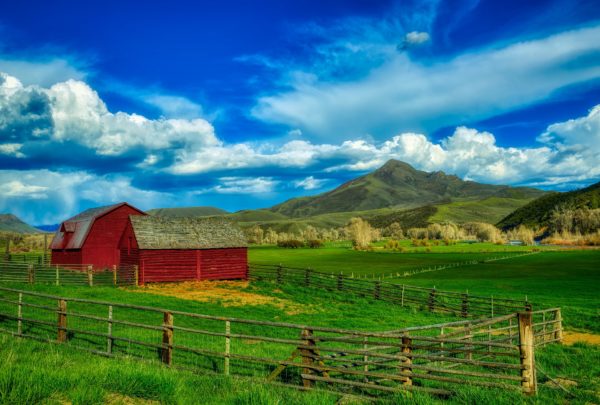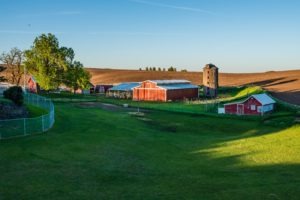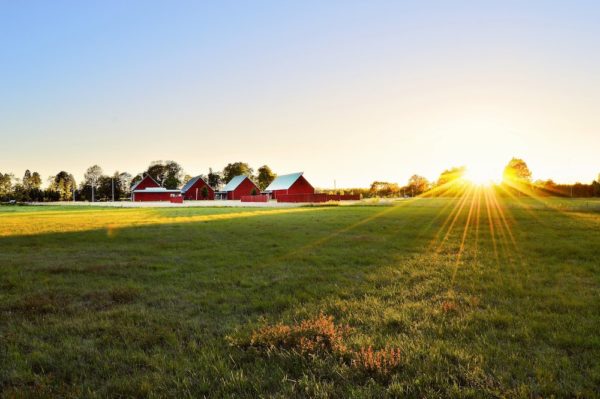Last Updated on January 10, 2023
Permaculture farming is growing worldwide. In the following article we are going to dive into permaculture statistics for 2022.
Permaculture is a type of sustainable agriculture that incorporates principles of ecology, design and natural patterns into the planning and construction of agricultural landscapes. Permaculture farming mimics the way nature works, using companion planting, staggered planting, mulching and other organic methods to create an efficient food production system.
In this article, we’ll take a look at some important data and statistics regarding permaculture in 2022, and we hope it helps you to gain a better understanding of the state of permaculture farming in the U.S.
About Permaculture Farming
Permaculture farming is an agricultural system that centers around long-term sustainability and resiliency. It uses eco-agricultural principles such as planting in harmony with nature, rather than against it, to produce a healthy landscape that can withstand droughts and other types of natural disasters.
Permaculture also looks at the social aspect of farming, utilizing principles such as community interaction and shared resources to create a more sustainable food system.
Permaculture farming is a much more efficient and sustainable way to grow food than traditional farming methods.
Permaculture systems, however, are generally more labor and knowledge intensive than conventional growing operations. It takes a significant investment of time and effort to set up a permaculture system that works effectively for your specific location.
Permaculture takes advantage of natural ecosystems, using plants and animals to create a self-sustaining system. This reduces the need for inputs like water, fertilizer and pesticides, which can pollute the environment.
Permaculture Farms in the US
One of the main advantages of permaculture is that it can be adapted to any climate or region. Permaculture principles can be used to create a food system that is efficient and productive in any environment.
There are now 10,000 permaculture farms in the United States in 2021, and the number is steadily growing every year.
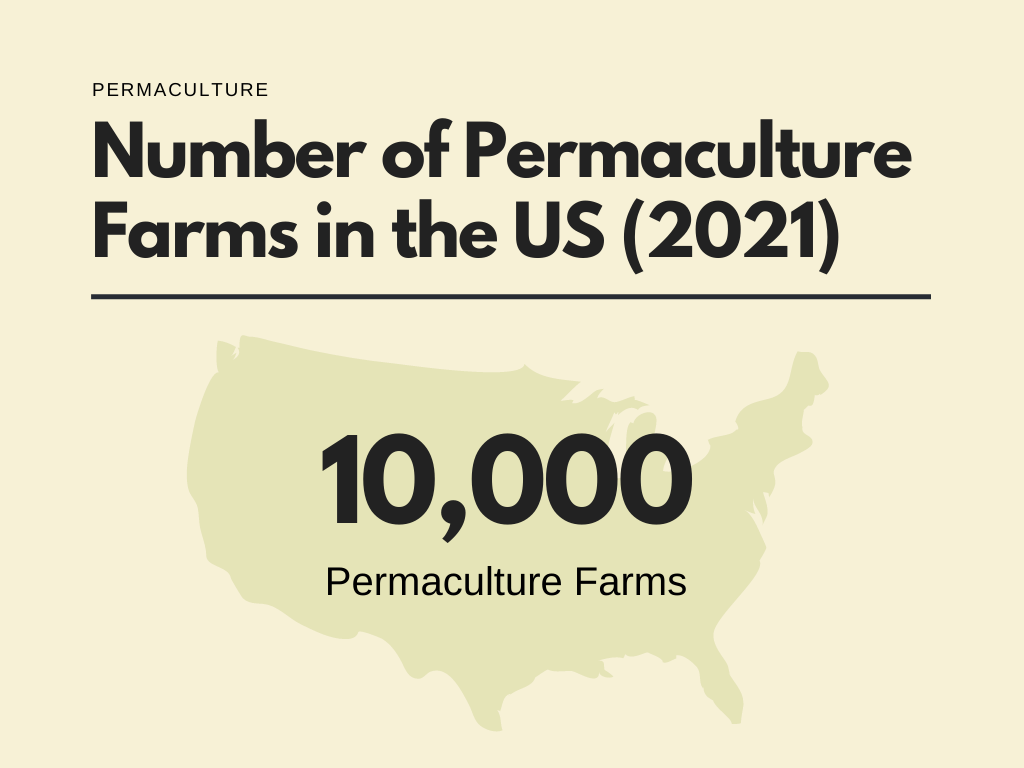
In a survey conducted by the National Young Farmers Coalition, more than 70% of respondents said that they intend to use permaculture farming techniques on their farms in the future.
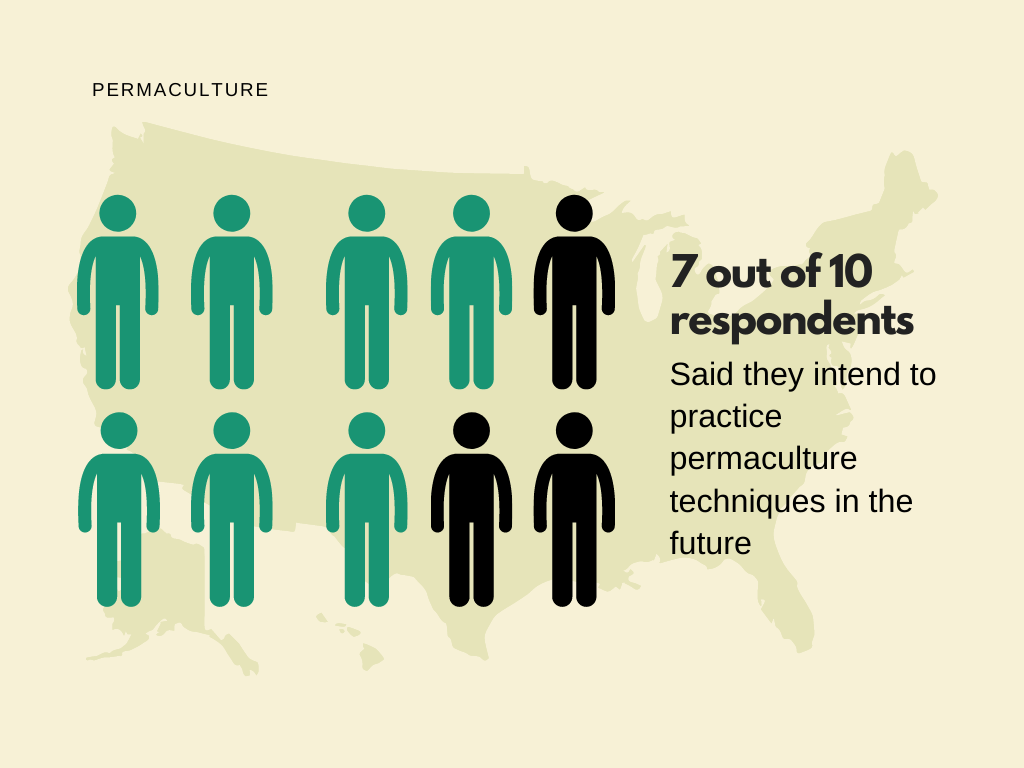
Permaculture Farming Trends
In September 2020, Prolandscaper Magazine did research and a top 10 list about the emerging gardening trends in 2021. Permaculture gardening was 6th on their list with 76,576 hashtags on Instagram. The top three were balcony gardening, wild gardening, and indoors outdoors gardening.
We used Google Trends to look at the search interest for permaculture farming over the years. Here is what we found:

As you can see, within the US, interest in Permaculture reached its peak in 2004 and 2008 and with an interest score as high as 96-100. Then it dropped slowly ever since. In the 1st week of January 2022, it has an interest score of 32.
Interestingly, according to Google Trends, the top 5 states who are most interested in Permaculture are Vermont, Maine, Oregon, Hawaii, and New Mexico.
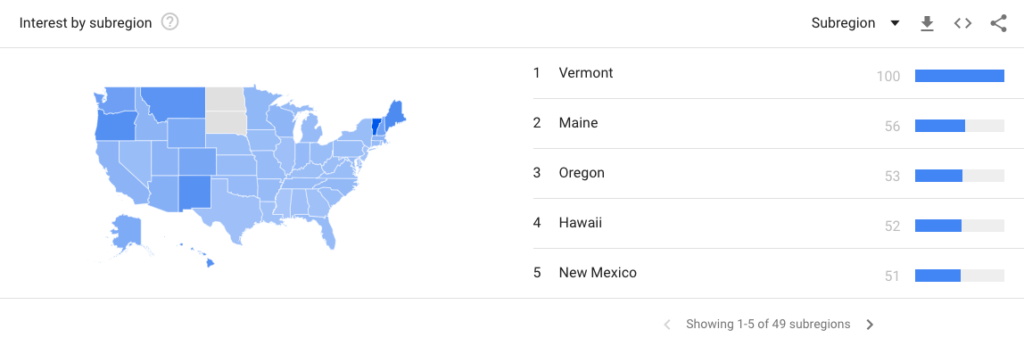
Permaculture Education, Courses and Certificates
According to University Permaculture’s website, there are 63 recorded universities and colleges that teach permaculture in 2021. In 2022, this number is expected to increase.
Permaculture education covers a wide range of topics, including sustainable design, ecological farming techniques, climate change studies and more general subjects such as environmental studies and eco-agriculture.
According to Scott Pittman from the National Permaculture Institute, there’s approximately 150,000 people who have completed a certificate course on Permaculture, and one-third of them came from the US.

It’s also worthy to note that there’s approximately 1 million people who have been certified in permaculture worldwide.
Today, there are 140 countries who are practicing and teaching permaculture, with more than 4000 ongoing permaculture projects in the globe.
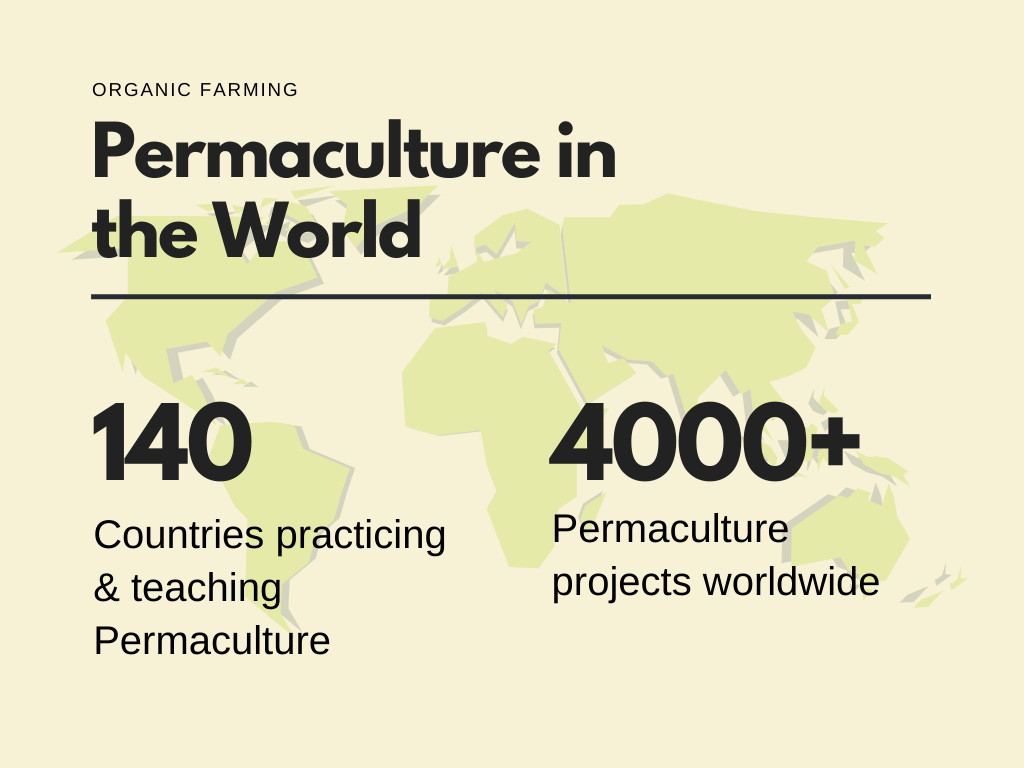
Permaculture Farms Income Data
In a study conducted by Rafter Ferguson and Sarah Lovell in May 2017, we learned that in 27 household farms that they surveyed, the median income was $38,750. The range of income generated was from $6,060 to $445,000.
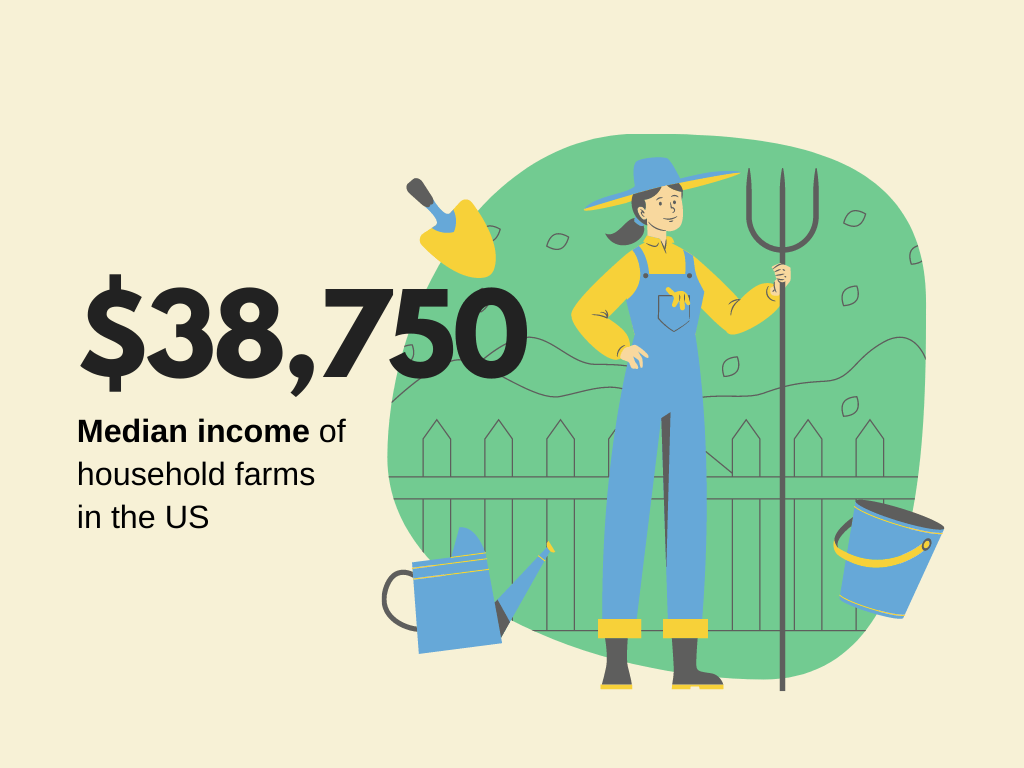
Their study also found that 13 out of 36 farms reported that 50% of household income came from farm-based activities, while 10 farms reported that only 10% of their household income can be credited to farm-based activities.
Permaculture Farmers Demographic Data
According to the same study, farmers who practice permaculture farming are mostly male (65%, with 17 women to 32 men). This number closely resembles the national statistics provided by the United States Department of Agriculture Census which states that about 70% of US farmers are male.
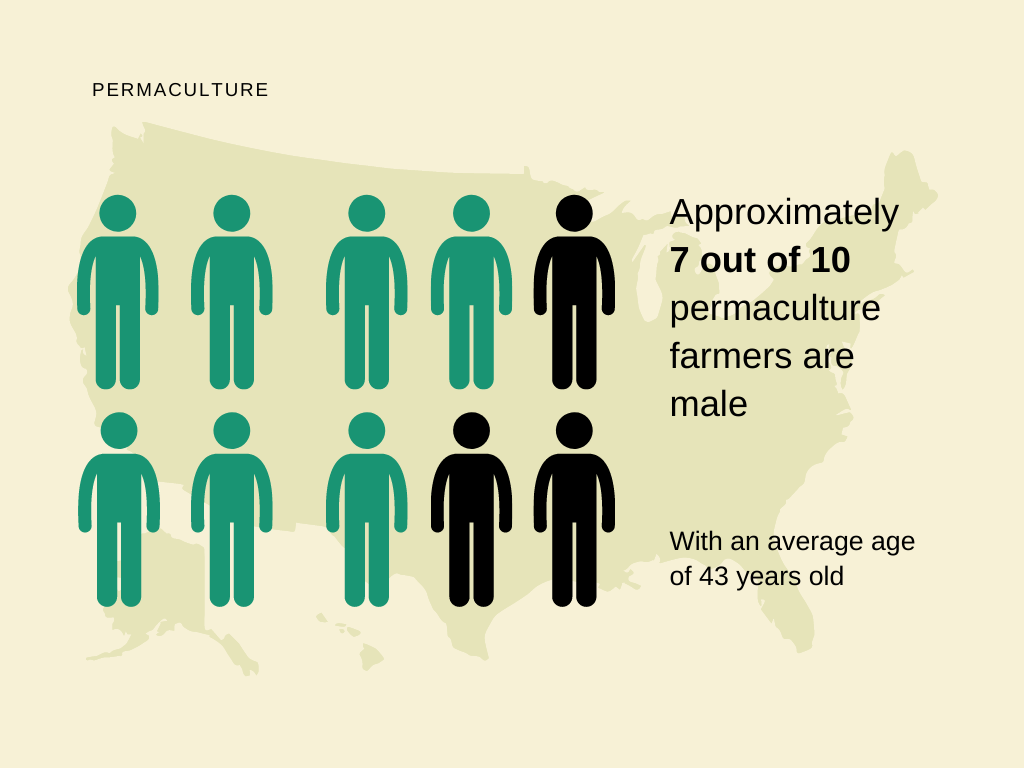
In addition to being mostly male, permaculture farms have a relatively young population, with an average age of 43 years old, much lower than the national average of 58 years old for farmers.
Another interesting fact from this study is that many of the farmers who participated in this research are new to farming. 42% of them have only 1-5 years of experience in farming (compared to the 10% of US farmers), and 40% had 11+ years of experience (compared to 75% of US farmers).
The average age in permaculture farms is lower because younger generations are more open to trying out new things and adopting alternative methods in farming which might lead to a better, sustainable future.
Permaculture Around The World
In 2013, North America had the highest number of permaculture initiatives and projects in the world with 422, followed by Europe with 284, and then Australia with 173 projects. Other continents have significantly fewer projects, with South America having 95 initiatives and projects, Asia having 69, and Africa having 57.
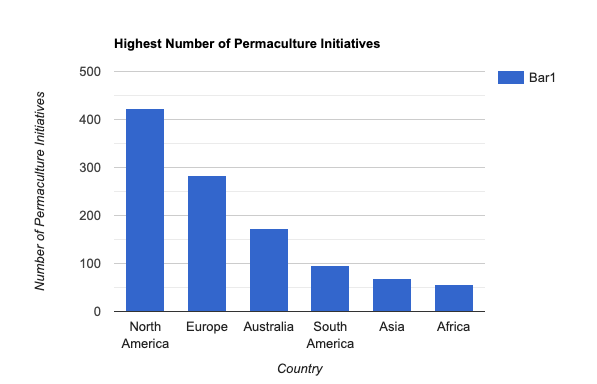
The Benefits of Permaculture Farming
Many people around the globe have discovered the benefits of permaculture and have been practicing it for years now.
One of the main benefits of permaculture farming is that it can be sustained for a long period of time. In fact, most permaculture projects are developed with the intention to provide many years of good harvests and therefore making them effective in maintaining a healthy ecosystem.
In addition, Permaculture has many other advantages. Some of these benefits are:
- Improved soil health
- Reduced water usage
- Increased biodiversity
- Improved resilience to climate change
- Reduction in greenhouse gas emissions
- Improvement in animal welfare and social inclusion
- Reduced flooding and erosion, especially during heavy rains
- Providing habitats for animals, insects, and birds that may otherwise be lost due to agriculture
Conclusion
Permaculture is a sustainable way of farming that has been gaining popularity, not just in the US, but also throughout the world. The number of people who are practicing and teaching it is increasing each year, and with good reason.
Permaculture has many benefits that can help improve our planet and the lives of everyone on it. We hope that this article provides some valuable insights into Permaculture and motivates you to try out this sustainable method of farming.
We hope that this article provides some valuable insights into permaculture and motivates you to try out this sustainable method of farming.

